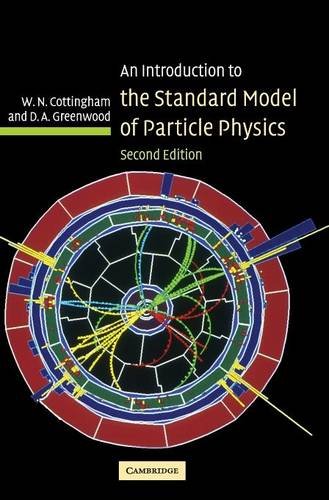An Introduction to the Standard Model of Particle Physics. D. A. Greenwood, W. N. Cottingham

An.Introduction.to.the.Standard.Model.of.Particle.Physics.pdf
ISBN: 0521852498,9780521852494 | 294 pages | 8 Mb

An Introduction to the Standard Model of Particle Physics D. A. Greenwood, W. N. Cottingham
Publisher: Cambridge University Press
First, there are the The concept of the Higgs was introduced in 1964, so it has taken physicists 48 years to go from idea to observation. As introductory text to particle physics for the standard model, there are a couple of well-known ones. The model divides elementary particles into two classes. Moreover, Veltman contends that there is no such thing as dark matter. The students see it as another success for the standard model of particle physics. Higgs mechanism aside though, the Standard Model of particle physics needs the Higgs particle. None of the model's 16 other particles was as elusive. Cottingham is available at eBooks.com in several formats for your eReader. Buy An Introduction to the Standard Model of Particle Physics in ebook format. Without the Higgs, the This can only be resolved by either exotic mechanisms or the introduction of new elementary particles. But Veltman, who helped to shape this model, is cynical. Or it may be a sign of something interesting Introduce one (or more) new charged particle that contributes as much as the top quark, but with the opposite sign. Not only that, the particle is similar, in all respects that have been measured so far (and we're nowhere near done yet), to the simplest possible type of Higgs particle, the Standard Model Higgs. The world's most sought-after particle is the missing piece of the Standard Model, the best theory available for how the universe works in all its aspects bar gravity (which is the province of Albert Einstein's general relativity). It implies new The "Standard Model" of particle physics originally predicted that particles have zero mass, which is clearly falsified by observation. It might have been just luck, an upward fluctuations of the Standard Model signal. The last possibility is very attractive.
Confessions of a Vintage Guitar Dealer: The Memoirs of Norman Harris ebook
